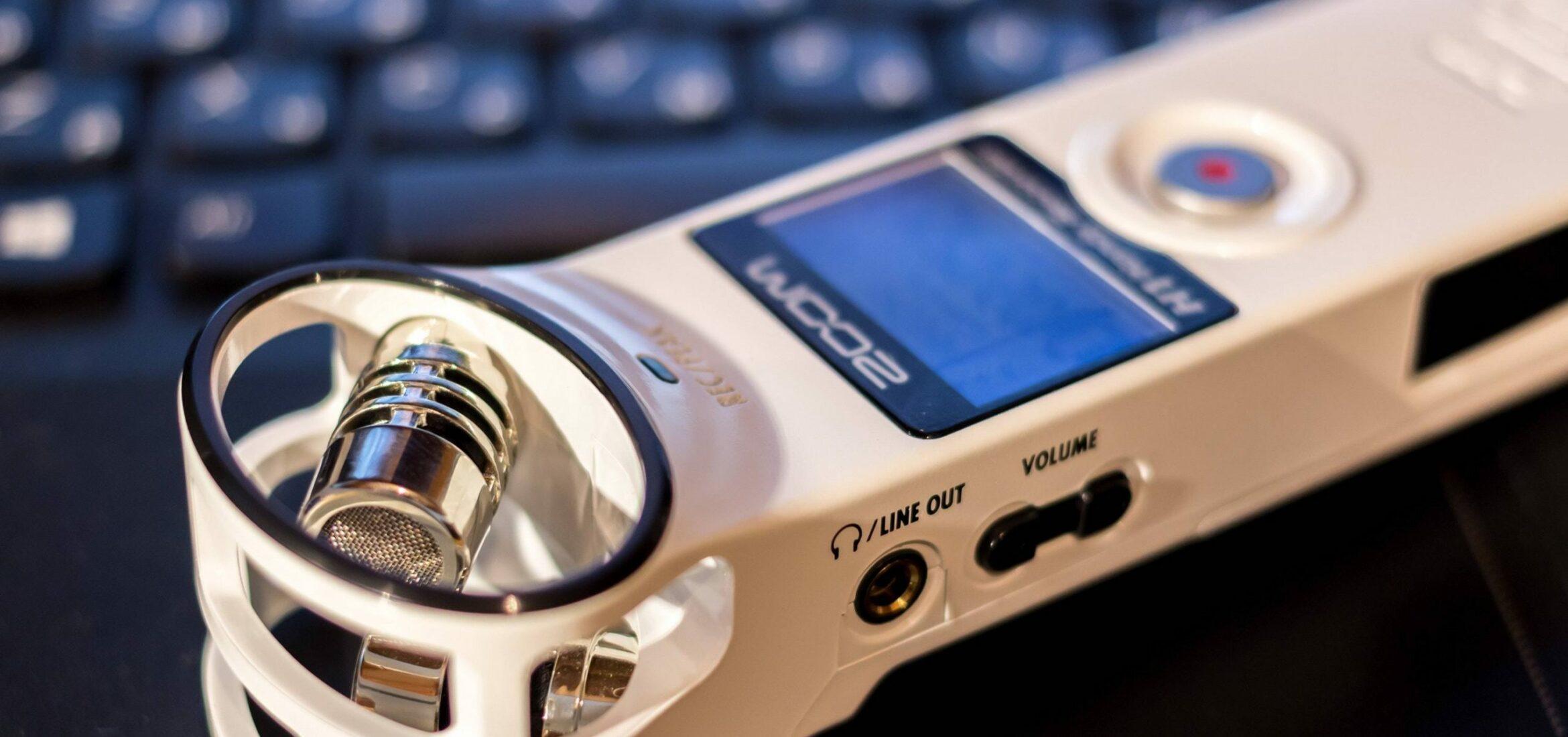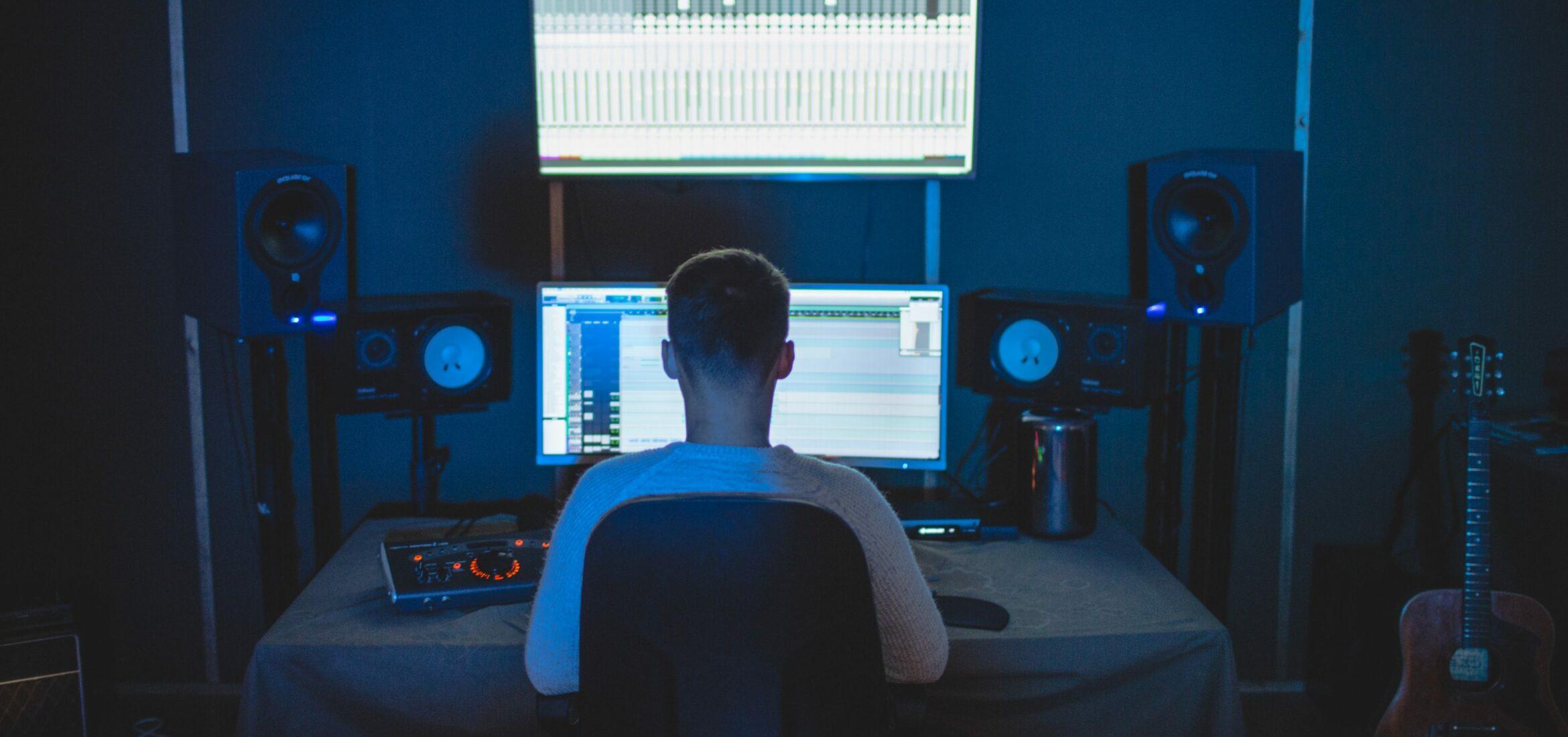In my experience, learning to play the bass guitar is becoming more popular than learning to play the electric guitar. At the university where I lecture, we have six bass players for every guitar player due to start class in September. That’s a lot of rhythms! With this being the case, it seems that a valuable use of my time would be writing an article on choosing your first bass guitar. We’ll dive into a few considerations to make when selecting your model and take a look at some of the common questions asked. I’ve also got a few suggestions for you that I will feature at the end of the article.
Budgets and the Second-Hand Market
If any of you have read my first electric guitar article or my first studio microphone guide, this next sentence will sound all too familiar: Work out your budget and stick to it! If you’re only just starting out as a bass player or you’ve had a few lessons but have yet to buy your own instrument, then there is no need to break the bank. All of the models that I will suggest today retail for under $350. I’d honestly suggest that you use this as an upper limit for your first purchase. If you can afford it, then go wild, but anything over $350 is going to start to become relatively redundant at this stage.
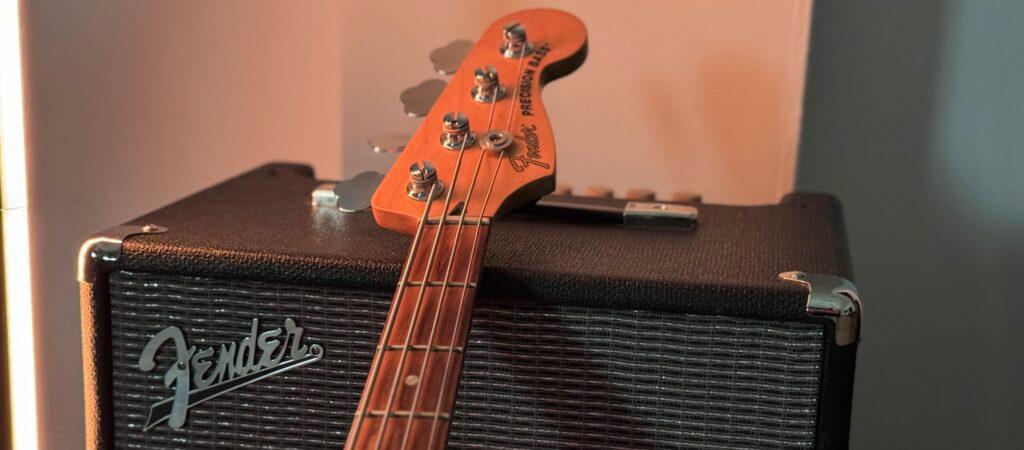
Equally, if you want something a bit more flashy but need to stick under that $350 mark, go second-hand. There are plenty of instruments out there that are almost unused. People set out to learn them and give up in the first few weeks. This is your chance to grab your first bass guitar, near new, for potentially half its retail value. Obviously, buying second-hand has its caveats. You won’t get a warranty, and you more than likely won’t be able to return it. If you do decide to go down the second-hand route, make sure you’re committed to the idea. Additionally, make sure to thoroughly check the bass guitar over before handing over any money. If you’re unsure of what to look for, I suggest the following three checks.
Ask to plug it into an amp and make sure it sounds and plays properly, even if you can’t actually play it yet. Anyone can hold a guitar and finger a few strings. Secondly, make sure to finger every fret on every string to ensure they all sound as they should. This helps to quickly identify warping or damage, which you don’t want to have to deal with yourself. Finally, make sure all the knobs work properly. Play a string and turn them all the way around to check that they function correctly and that there are no crackling or wiring issues. If all of these checks come back good, you should be good to go!
P Bass or J Bass?
There are three distinct things that separate the Precision Bass and the Jazz Bass: the neck, the body, and the pickups. Jazz Basses tend to offer a smaller taper in the neck towards the nut. This usually means easier fingering and a generally sleeker design. Precision Basses are usually a bit thicker and can be played with a bit more power. The body doesn’t tend to vary too much, but similarly to the neck, you’ll find that Precision Basses have a bit more body and weight to them. Jazz Basses look slightly more contoured, and I find they are slightly more comfortable to play.
Finally, the pickups are the biggest distinction between the P Bass and the J Bass. Precision Basses offer a hum-canceling split-coil pickup. This is similar to the humbuckers found on electric guitars. You’ll typically find these in a split-coil setup, with each pickup handling two strings. With this setup, Precision Basses regularly deliver a powerful and full low end coupled with clear and present highs.

Jazz Basses are different in that they usually offer dual single-coil pickups. These typically sound slightly brighter and more treble-heavy, providing a stronger mid-range and can sound really warm in smoother genres such as jazz and soul. They’re also quite good for hip-hop basslines (among other sample-based music) as they can really cut through a mix and provide a strong rhythm without bloating the low end.
You’ll also sometimes find a combination of the two pickup sets in the same bass guitar. This won’t be as common when choosing your first bass guitar, but I’ve found one great example (seen below) that does provide this. With the ability to switch between the pickups and blend the two, you can create even more tonal options. Many bass players feel that having this allows you to create a balanced bass sound that operates well across the entire frequency spectrum.
Round or Flat Strings?
Once you’ve picked up your first bass guitar, you’re probably going to need to get some new strings. Bass guitar strings tend to need to be changed more often than electric guitar strings, so even if you grabbed a new bass, you’re likely to need to change them soon enough. This is where you’ll need to make some decisions: Roundwound or Flatwound?

Roundwound strings are bright and offer a more open, ringing sound. They are far more textured, offer greater precision, and provide excellent flexibility for bending. These are usually the cheaper options when it comes to strings; however, they won’t last as long as Flatwound.
Flatwound strings offer a far more mellow sound, similar to that of an upright bass. They also tend to exhibit less finger sliding noise, so if you find you’re quite heavy-handed, they might be a good choice. They’re smooth and rigid, which makes for a fantastic sliding tone. They are usually far more durable, but as such, they tend to be more expensive.
My Suggestions for Your First Bass Guitar
Selecting your first bass guitar is a pivotal step in your musical journey, and making an informed choice can significantly impact your learning experience and enjoyment. With a multitude of options available, it’s essential to consider factors such as budget, playability, and tonal versatility. To assist you in this decision, I’ve curated a list of beginner-friendly bass guitars that offer exceptional value and quality. These recommendations are designed to provide a solid foundation as you embark on your bass-playing adventure.
Eastcoast B300-SB J Bass
A truly great beginner bass guitar at an incredibly low cost. You’ve got two single-coil pickups, typical of jazz bass, as well as two volume controls and one tone control. Complementing this with some Flatwound strings really helps to complete its tone. You can’t go wrong with this one!
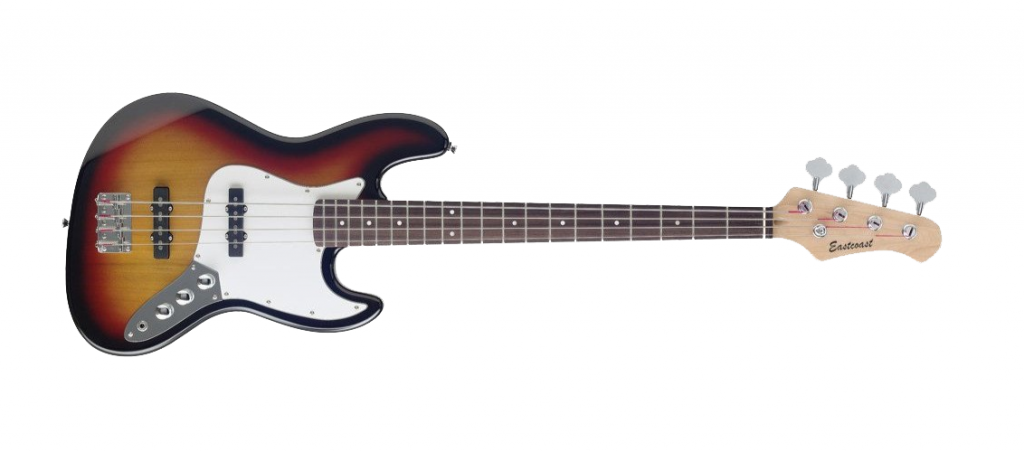
Ibanez SR300E
This double dual-coil Precision Bass is a fantastic tone beast. It’s a strong and true design based on a 30-year-old model and even comes with a 3-way EQ allowing you to sculpt the tone to your needs. The 3-way tap switch allows you to change the pickup configuration, further developing its tonal capabilities. These retail around the $350.00 mark, and at that price, they are well worth the investment.
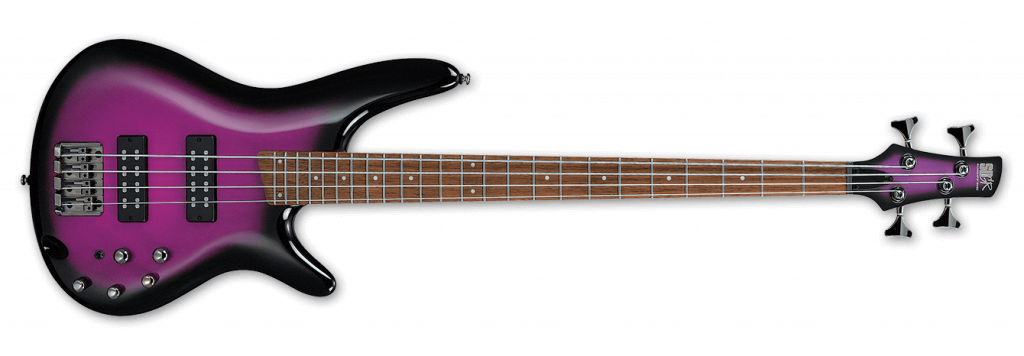
Squier Vintage Modified Jaguar Bass
With its distinctive body and design, the Jaguar bass is one of those rare examples of a bass guitar under $350.00 that is both a J Bass and a P Bass. It has both pickup setups with independent volume controls for each, as well as a master control knob and an active bass boost for more power and low-end presence. If you can’t decide which way you want to go in terms of design, this makes the most sense. For your first bass guitar, why not have the best of both worlds?

TL;DR
When buying your first bass guitar, you will always have questions that need answers. Choose something special yet sensible for your first bass guitar. Set a budget and stick to it. If you opt for a second-hand instrument, thoroughly check it over before handing over the cash. P Basses provide more low end and high end, making them favored in heavy genres like rock. J Basses stand out in the midrange and offer a pleasant handling experience; think jazz and soul with this one. Selecting the right strings is also crucial. Roundwound strings deliver brightness and flexibility, while Flatwound strings offer mellowness and greater durability. Hopefully, this information will guide you in finding the perfect first bass guitar.
Sobre el autor

Tim Dunphy
Ingeniero de sonido y redactor de contenidos especializadosMás de 10 años de experiencia trabajando en el sector del audio. De todo, desde enrollar XLR hasta masterizar álbumes. Soy un hombre hecho a sí mismo y mantengo mis activos en Bitcoin. ¿Qué más hay que saber?
Deja un comentario
Inicia sesión para comentar

